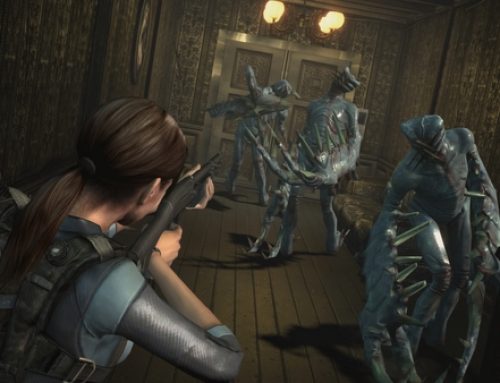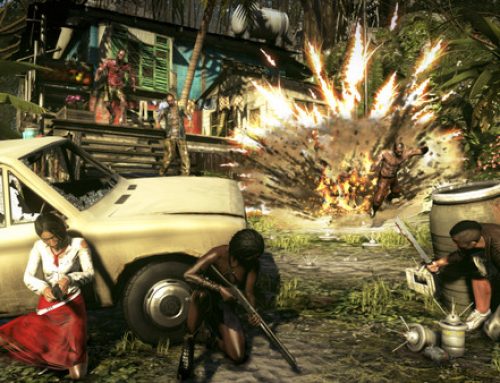With the announcement that, starting April 6, we’ll be able to use USB-connected flash drives to save up to 16 gigabytes in Xbox 360 files, Microsoft has finally cracked open the door to reasonably priced storage options.
Overpriced storage has been a given since the Xbox 360 launched back in November of 2005, when the 20 gigabyte drive included with the more expensive version of the console sold separately for $100. When I started writing this blog, one of my first posts was about the way Microsoft’s overpriced hard drives made me feel like a chump. As an owner of the 360’s original, now laughably tiny 20 GB hard drive, I was tired of micromanaging game saves, downloadable content and other digital gewgaws. Once it was announced that we would soon be able to install games to our console’s hard drives, I bit and bought a 120 GB drive for $150. Guess what? That’s now full, too.
That purchase was actually the second time I allowed Microsoft to chumpatize me. Sometime within the 360’s first year on the market, I ponied up $40 or so for an Xbox 360 memory unit, so I’d be able to take my Gamertag and game saves with me to visit friends on the East Coast. That memory unit, a paltry 64 megabytes, was been made obsolete by a newer, 512 MB model that’s nearly as overpriced and about to be obsolete itself.
According to Microsoft’s Larry Hyrb, aka Major Nelson, the update will allow you to connect any USB-enabled memory unit to your Xbox 360 and use it to store data. Because large-capacity, spinning hard drives tend to stream data too slowly via USB, the practical implication of this is that you’ll be able to use as many as two USB flash drives to add up to 16 GB each of extra storage. Though Microsoft and SanDisk will be partnering to sell an Xbox branded drive, any old keychain drive should do the trick.
Microsoft still gets to keep selling its overpriced hard drives, which stream data relatively fast because they’re not connected to the console via a USB port. But the new development will mean that the Xbox-branded, non-USB memory units will go the way of the dodo. Who’s gonna pay $30 or $40 for 512 MB when they can get more than 30 times that amount for not much more money?
I, for one, am jazzed. My wife and I just picked up a $200, bare-bones Arcade unit so that we could enjoy Netflix streaming in our bedroom and so that I could play titles for review without kicking her off the living room TV all the time. Being able to use a 16 GB flash drive for storage will mean that I can drop my gamertag, plus an installed game onto a memory stick to be carried from one room of my house to another. Because installed games require the disc to be in a drive, I’ll still have to bring my game disc with me, but I won’t have to separately manage content on my 120 GB drive and my now-4-year-old 20 GB drive that’s about to get pressed back into service.
Hopefully the move to allow flash drives will be such a success that it convinces Microsoft to address the clamoring for bigger external hard drives, as well. It’s worth mentioning that if you’re in the market for a larger hard drive, a 250 gigabyte drive just launched for $130, while the older, 120-gig models have been discounted by most retailers.



